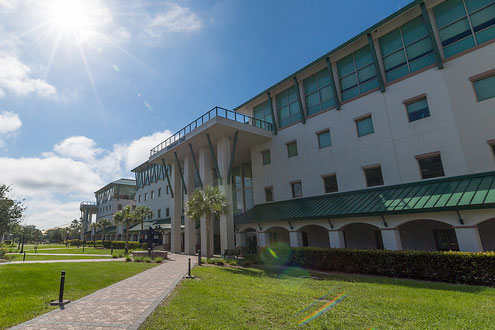Engineers Positively Impact Virtually Every Aspect of the World Around Us
From the water we drink and the air we breathe to the roads and bridges we drive on and the buildings in which we live and work.
Environmental and Civil Engineers design and construct the infrastructure of our society and are responsible for creating sustainable solutions to tomorrow’s challenges while protecting the health of the public and of the environment. Both our Environmental and Civil Engineering programs have earned ABET accreditation, which is a measure of external recognition of the quality and rigor of the programs. Students graduating from ABET accredited programs are immediately able to sit for the Fundamentals of Engineering exam, one of the first steps in achieving professional licensure.


